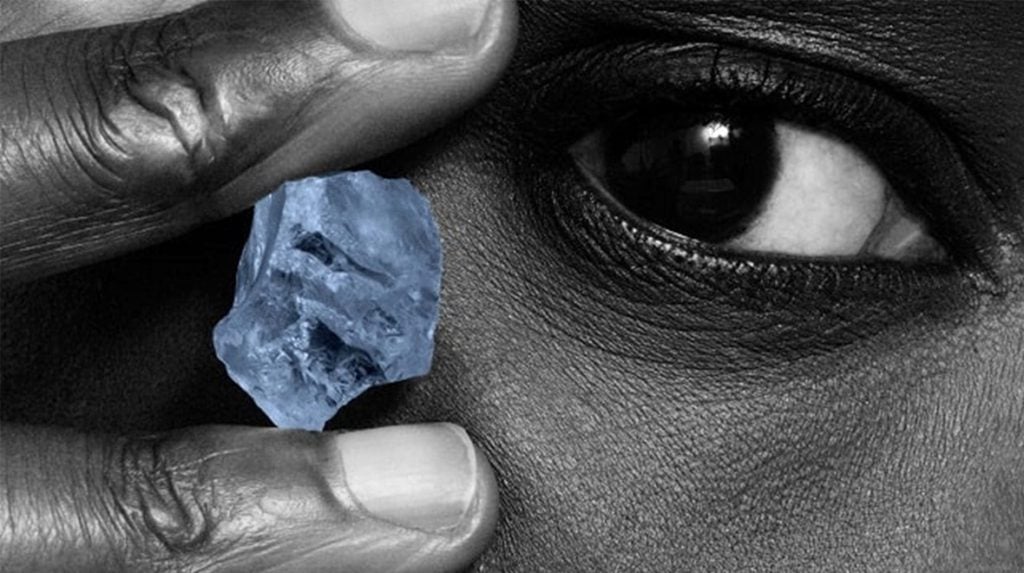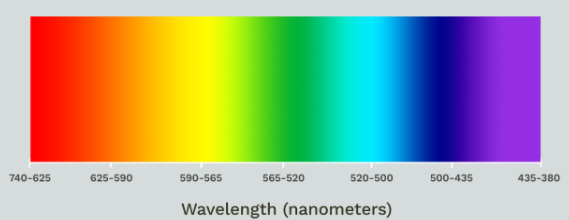- Joined
- Jun 4, 2020
- Messages
- 485

John Pollard published a new blog post.
Feelin' Blue
The Blues genre is a cyclic musical form characterized by a 7-note heptatonic scale, swing rhythm, a walking bass line, and "call and response" using specific harmonic progressions....
Continue reading the Original Blog Post.
Last edited by a moderator:









300x240.png)